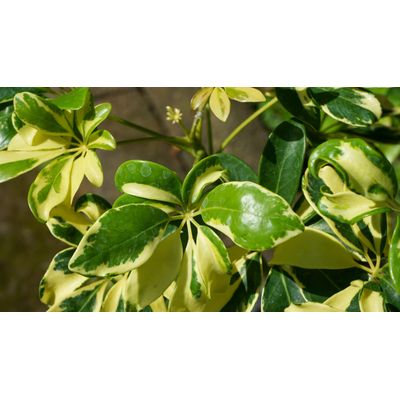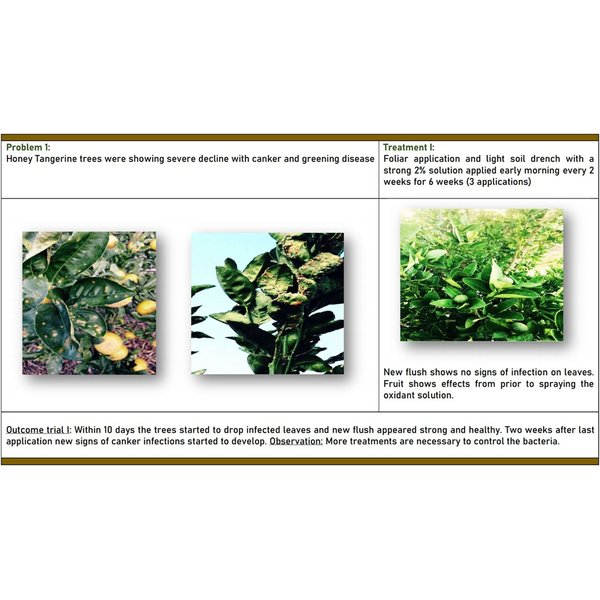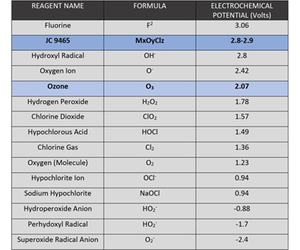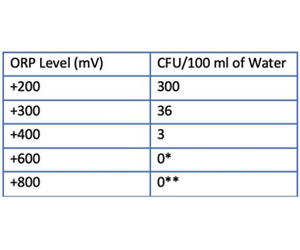


Citrus Greening: A Threat to Citrus Production Controlled with ROS
Citrus greening, more widely recognized as Huanglongbing (HLB), is caused by the bacterium Candidatus Liberibacter asiaticus, has emerged as one of the most destructive threats to citrus production worldwide. Since 2019, this disease has ravaged citrus industries worldwide, destroying approximately 75% of orange and 85% of grapefruit production in affected regions. It severely stunts tree growth, causes mottled leaves, misshapen fruit, and ultimately leads to tree death. While numerous efforts have been made to slow the spread, ranging from insect vector control to tree replacement, no cure has remained fully effective, but until now. Citrus Greening Control with ROS
In response to this prolonged agricultural crisis, a promising and revolutionary solution has emerged from a strategic partnership between Jenfitch, Inc. of California and GreenAgri Solutions, LLC of Florida. Since 2015, they have been developing a treatment designed not merely to manage symptoms, but to address the fundamental cause of the disease. This approach recently received EPA registration and USDA Organic certification. It is distinct from conventional pesticides or antibiotics and operates on a more fundamental level by harnessing the natural power of oxygen.
They have introduced a compelling solution based on the science of Reactive Oxygen Species (ROS). Jenfitch proprietary treatment, branded as JC-9465, uses mineral oxychloride chemistry to generate powerful ROS molecules capable of breaking down harmful microbes in a matter of seconds. It employs a specialized mineral oxychloride to generate highly energized oxygen molecules within the plant’s vascular system. These potent molecules then initiate a rapid oxidative process that decomposes the cellular structures of harmful microbes in a matter of seconds. Rather than acting as a selective poison, the treatment creates a broad-spectrum chemical disruption that pathogens are unable to withstand.
GreenAgri Solutions, LLC initiated a trial in Central Florida by applying a newly developed oxidant, formulated from mineral oxychloride to a single citrus tree affected by greening. The treatment involved spraying the foliage and irrigating the roots with a solution that produced oxidized water with an oxidation-reduction potential (ORP) exceeding +700 mV. Infected leaves were removed at the start of the process. Remarkably, within just one week, the tree began showing signs of new growth. Encouraged by these early results, the team expanded the trial to include 20 additional trees. After 60 days of consistent irrigation and foliar application using the high-ORP mineral oxychloride solution, all treated trees began to develop fruit suitable for market. The yellowing of leaves slowed, canopy density increased, and fruit production began to stabilize. Now in its fourth year, the trial has scaled up to two acres, one serving as the control plot and the other undergoing continuous treatment.
These outcomes suggest that ROS treatment may not only halt disease progression but also help reverse some of the damage already done. One of the most encouraging aspects of this treatment is how quickly it acts. Traditional agricultural treatments often take months or seasons to show tangible effects, but with this treatment microbial kill rates in less than ten seconds under lab conditions. Translated to the field, this means growers may see improved plant health much faster, helping them save trees that might otherwise be lost to HLB.

The Science Behind Mineral Oxychloride (ROS)
At the core of this breakthrough lies mineral oxychloride technology, a unique and powerful source of oxidative energy that has been shown to eliminate 99.99% of bacteria and viruses. This chemistry works by generating reactive oxygen species (ROS) such as hydroxyl radicals and singlet oxygen ions—which attack and destroy the cellular structures of harmful microorganisms. What makes this process especially powerful is its speed and intensity. In studies conducted by the UC Davis Post-Harvest Department, researchers found that raising the oxidation-reduction potential (ORP) of water to +700 millivolts using mineral oxychloride was sufficient to inactivate pathogens like E. coli, Salmonella, and Listeria in under 10 seconds.
The oxidative energy produced by mineral oxychloride can be directly measured using an ORP meter. This measurement provides a quantifiable indicator of water’s disinfection potential and is critical in ensuring consistent microbial control in agricultural applications. Chart No. 1 illustrates the electrochemical potential of various oxidizers, highlighting where mineral oxychloride stands in comparison to other common disinfectants.

What sets mineral oxychloride apart is not just its effectiveness but its residual activity, which ensures ongoing protection long after application. Compared to traditional treatments that degrade rapidly or rely on single-use contact, this chemistry maintains a stable ORP in treated water and plant systems. The lasting presence of ROS makes it possible to monitor and manage disease suppression using simple on-site ORP readings.
Further studies have shown that increasing oxidative energy in agricultural water systems can drastically reduce microbial populations and minimize the risk of crop diseases. Chart No. 2 below demonstrates how elevating ORP levels directly correlates with the inactivation of microorganisms, measured in colony-forming units (CFU). While the chart quantifies microbial reduction, it doesn’t fully capture the rapid pace at which this reaction occurs. The reality is that with mineral oxychloride, the effect is nearly instantaneous, offering both speed and residual strength in pathogen control.

A New Dawn for Citrus Farming
For years, citrus growers have searched for a treatment that could offer real hope in the fight against HLB. Jenfitch’s ROS-based technology provides growers with a powerful solution to enhance disease control from within the plant system itself. It is not a silver bullet, but when used with the current best practices, it has the potential to restore orchard productivity and extend the life of valuable citrus trees.
This innovation may signal a turning point not just for citrus farming but also for the agriculture sector as a whole. As farmers face increasing pressure to reduce chemical usage and adopt sustainable methods, the use of naturally inspired chemistry like ROS opens the door to a healthier, more resilient farming ecosystem.
Citrus greening has devastated global citrus production, but Jenfitch’s groundbreaking ROS technology may change the game. Incorporating this ROS-based approach into crop management strategies offers growers a measurable, cost-effective method to combat persistent microbial threats like those driving citrus greening. With further field validation, ROS-based strategies could become a staple in integrated HLB management, securing the future of the citrus industry and supporting growers worldwide.
